Photographs are legacies passed on to future generations. The following are 21 of the most iconic and famous photographers who paved the way for others.
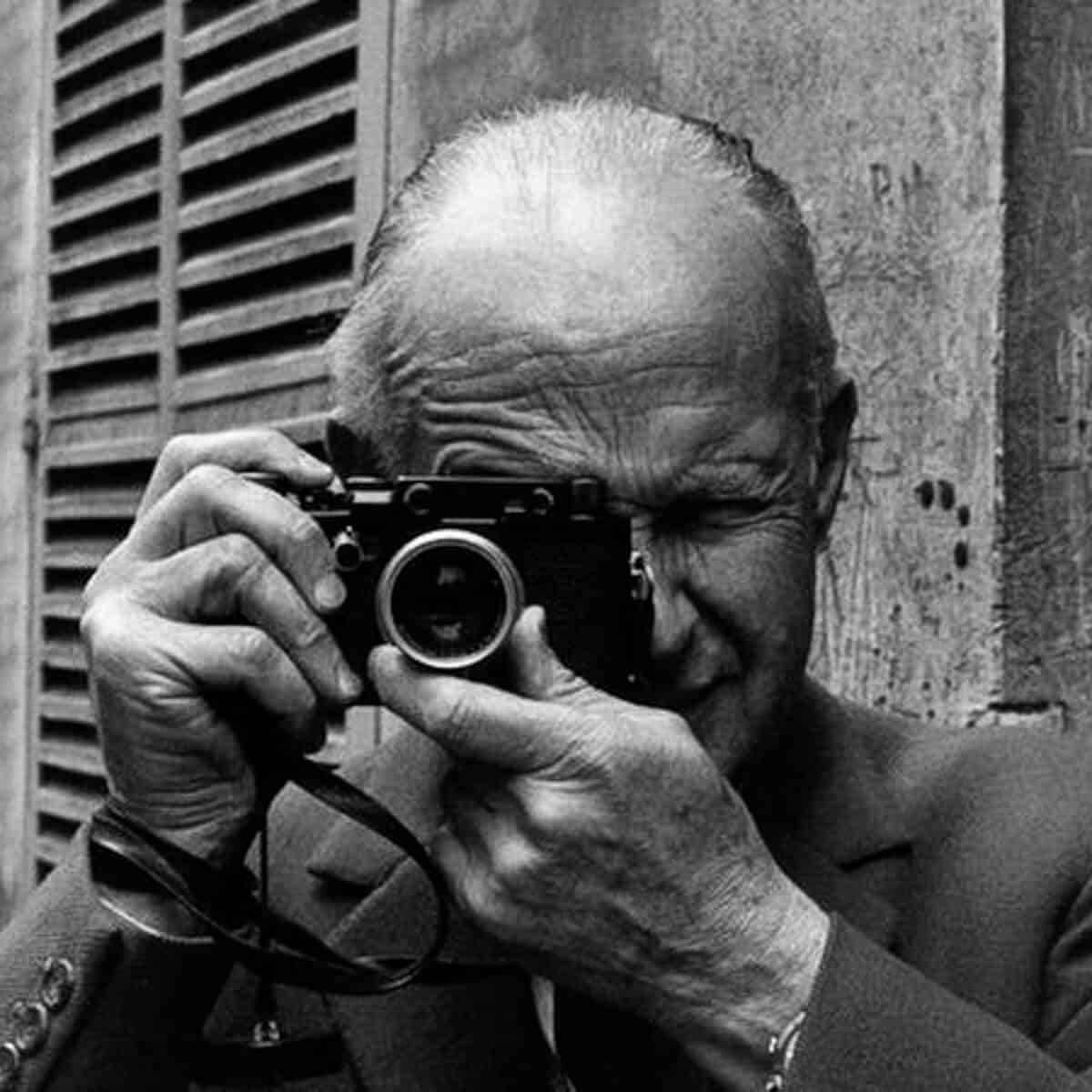
Many people have picked up a camera and the ones that are remembered, leave a legacy.
Famous photographers made a difference in photography and the world.
The following are famous photographers in no particular order:
1. Alfred Stieglitz
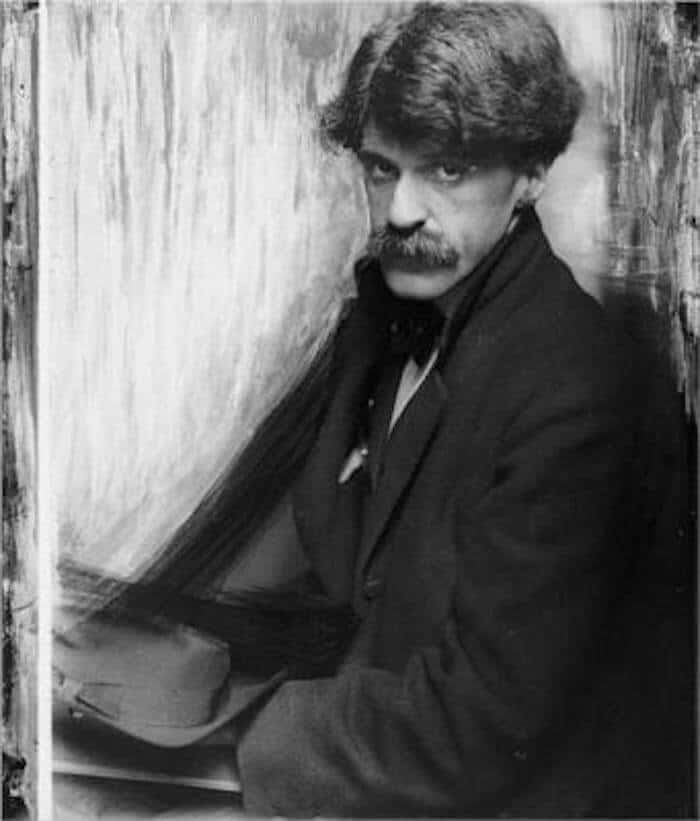
In 1864, Alfred Stieglitz was born in Hoboken, New Jersey. He’s best known for his significant role in the development of photography as an art.
Stieglitz studied engineering in Germany, which is where he developed an interest in photochemistry and bought his first camera.
During the late 1800s, he traveled around Europe to take photos and won several photography competitions.
In 1890, he moved to New York and bought his first handheld camera, the Folmer and Schwing 4×5 plate film camera.
Stieglitz was determined to prove that photography should be considered as fine art or at least as capable as painting or sculpture.
Therefore, he started an organization in 1902 called the Photo-Secession, which was a movement to promote photography as fine art. He also became a pioneer for taking photos in the snow, rain, and at night.
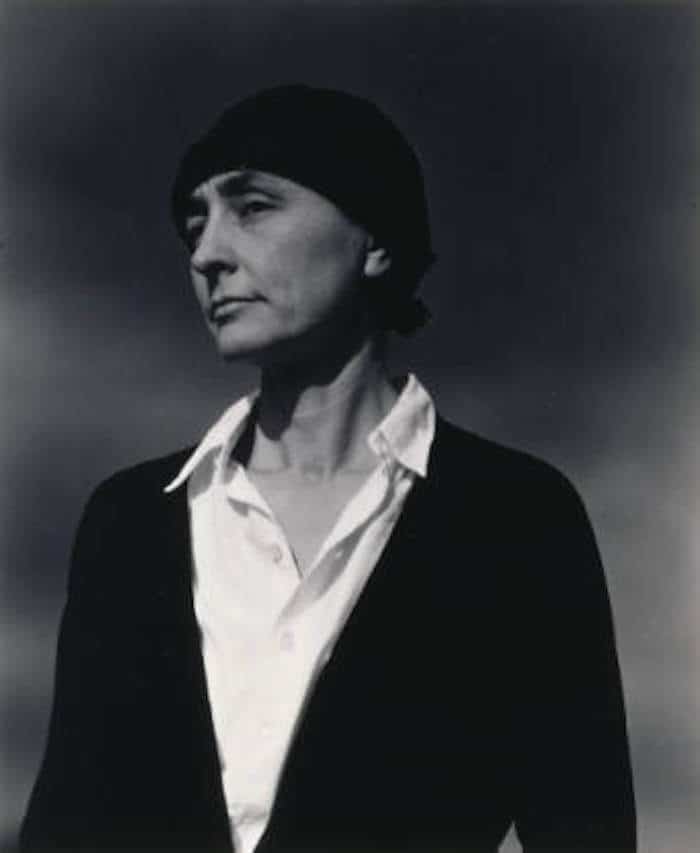
Wherever there is light, one can photograph.
Alfred Stieglitz
2. Annie Leibovitz

In 1949, Annie Leibovitz was born in Waterbury, Connecticut. She’s known for her engaging and dramatic portrait photography style.
Leibovitz studied painting at the San Francisco Art Institute. After taking a photography class, she quickly became fascinated with photography.
In 1970, she landed a job at Rolling Stone magazine by visiting their office with pictures of a demonstration against the war in Vietnam and pictures she took in Israel, which they put on the cover.
She was hired as a staff photographer for the publication and soon promoted to the chief photographer.
Leibovitz has captured many iconic images and celebrity portraits, including the last image of John Lennon and Yoko Ono before his death.
In 1991, she became the first woman to have a solo exhibition at the National Portrait Gallery in Washington, D.C. Now, Leibovitz has images in galleries and museums around the world.
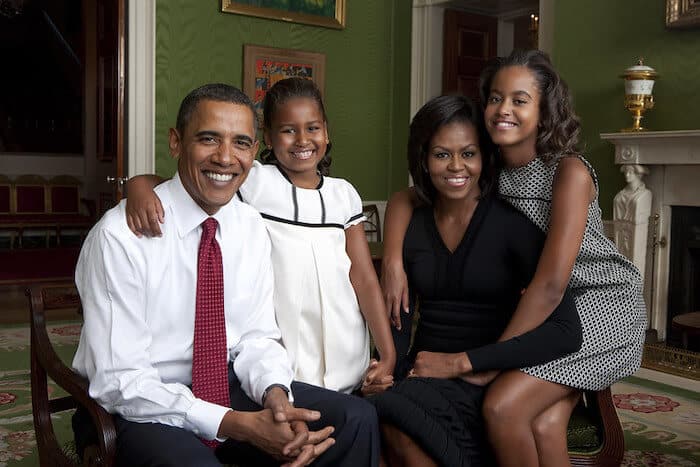
A thing that you see in my pictures is that I was not afraid to fall in love with these people.
Annie Leibovitz
3. Ansel Adams
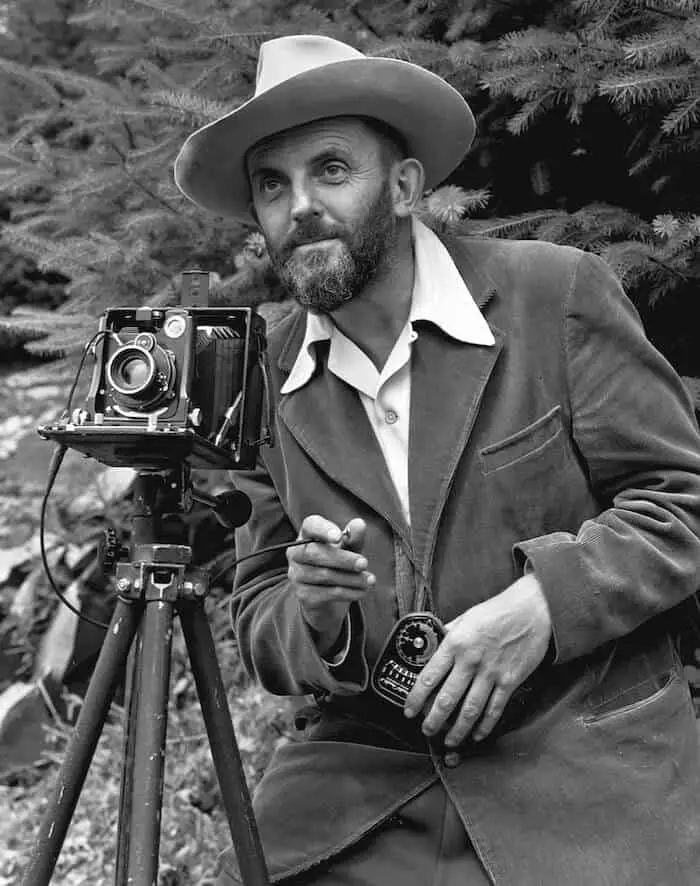
Ansel Adams was born in 1902 in San Francisco, California. His iconic black-and-white images helped to establish photography as fine art. Adams was a landscape photographer known for his photographs of the American West.
At twelve years old, he taught himself to read music and play the piano. Eventually, it became his primary occupation, which he ultimately gave up for photography.
After receiving his first camera, he proved to be a talented photographer, too. As a member of the Sierra Club, he captured impressive photos of Yosemite National Park.
Adams influenced photography by focusing on ultra-sharp and realistic landscape photos.
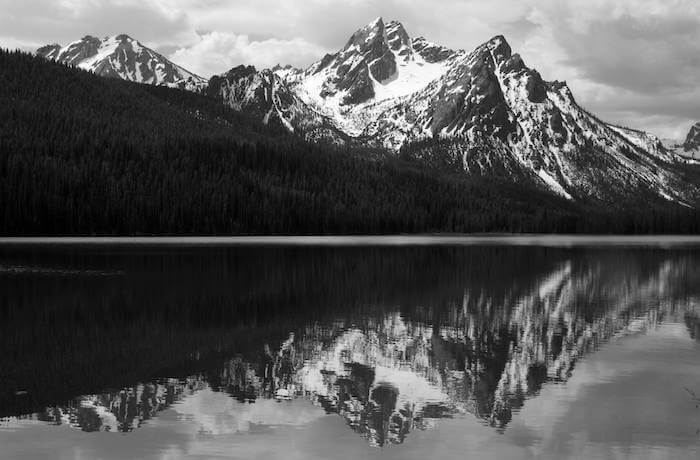
You don’t take a photograph, you make it.
Ansel Adams
4. Brassaï
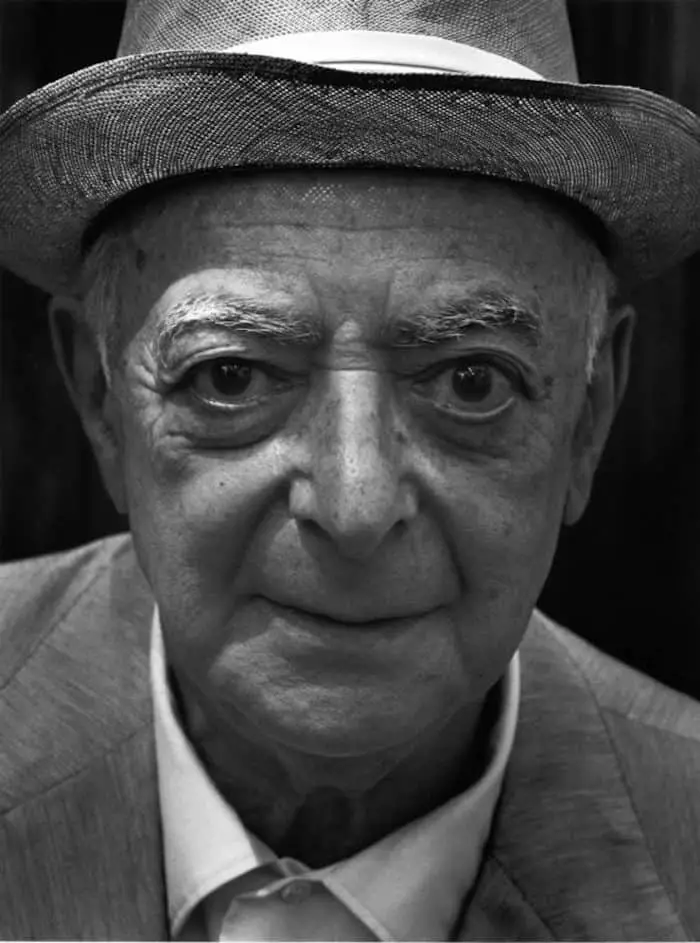
In 1899, Gyula Halász was born in Romania and is more commonly known by his pseudonym, Brassaï.
He studied painting and sculpture at the Hungarian University of Fine Arts. Then he served in the Austro-Hungarian army until the end of the First World War.
In the 1920s, Halász moved to Paris, where captured iconic images of Parisian life. His friend Henry Miller called him the eye of Paris.
He also strived to show the side of Paris and human behavior that most people wouldn’t photograph. Brassaï captured photos of lovers, prostitutes, criminals, workers, and gatherings.
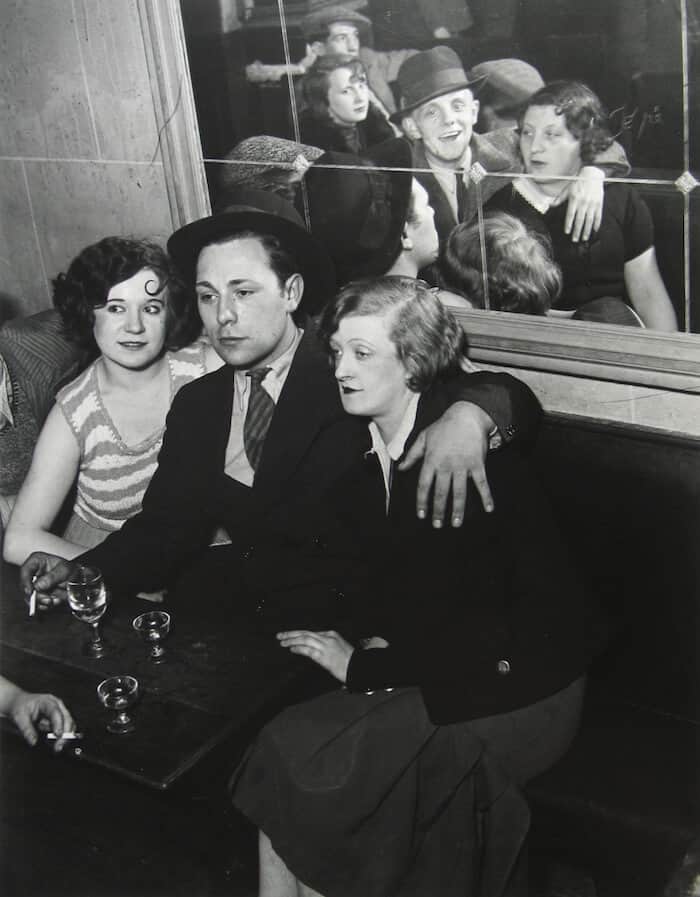
My images were surreal simply in the sense that my vision brought out the fantastic dimension of reality. My only aim was to express reality, for there is nothing more surreal than reality itself. If reality fails to fill us with wonder, it is because we have fallen into the habit of seeing it as ordinary.
Brassaï
5. Don McCullin
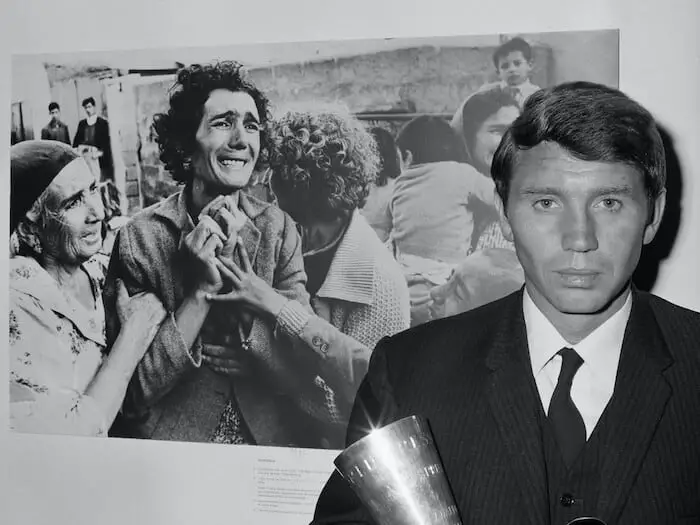
In 1935, Don McCullin was born in London. He’s a British photojournalist, known for his war photography.
McCullin’s interest in photography began when he was called up for National Service with the Royal Air Force as a photographer’s assistant.
When he returned to London, he brought with him a twin reflex Rolleicord camera and photographed his friends from a local gang. The image was published in The Observer magazine, which set him on the path to becoming a photographer.
As a photojournalist, McCullin’s focus was on war and the poor in London. He’s won many awards, is the author of several books, and his work is held in museums around the world.
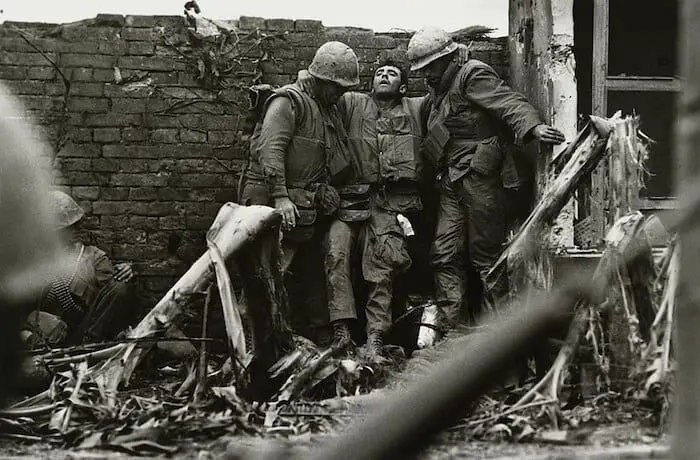
Photography for me is not looking, it’s feeling. If you can’t feel what you’re looking at, then you’re never going to get others to feel anything when they look at your pictures.
Don McCullin
6. Dorothea Lange
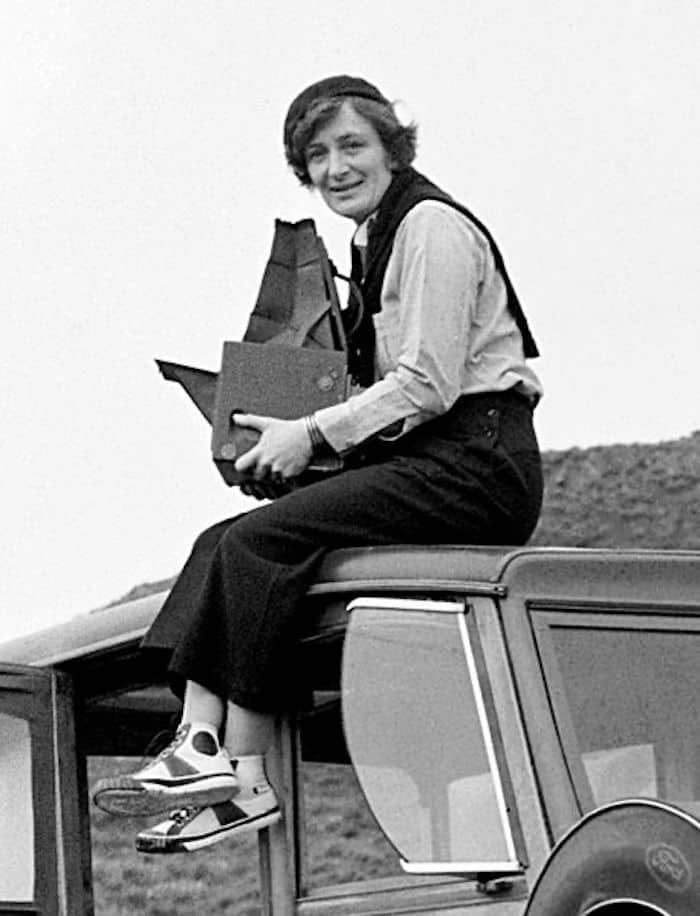
Dorothea Lange was born in Hoboken, New Jersey, in 1895. She was known for her documentary photography and Depression-era work for the Farm Security Administration.
Lange studied photography at Columbia University then took her career as a portrait photographer to San Francisco.
While being in the middle of the Great Depression, she wanted to bring attention to the poor and suffering.
Migrant Mother is one of Lange’s most famous photographs. Florence Owens Thompson was the subject, and the image was iconic from the Great Depression.
The photo was taken to raise awareness and provide aid to impoverished farmers.
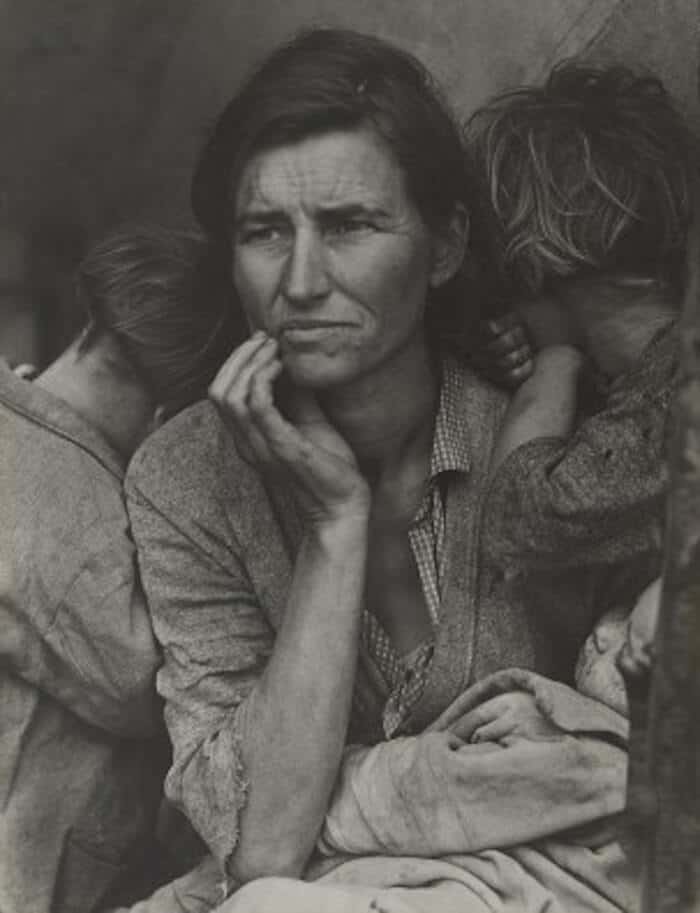
One should really use the camera as though tomorrow you’d be stricken blind.
Dorothea Lange
7. Gregory Colbert
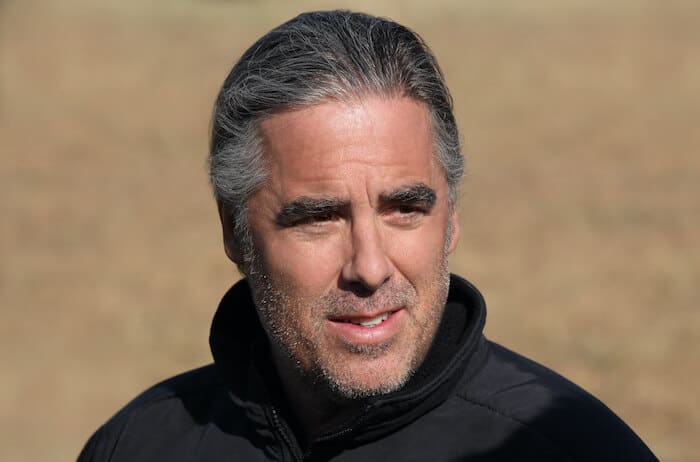
Gregory Colbert is a Canadian filmmaker and photographer who was born in 1960. He’s best known for being the creator of Ashes and Snow, a documentary and exhibit.
Colbert’s work revolves around the connection between humans and animals. He’s excellent at storytelling through an image.
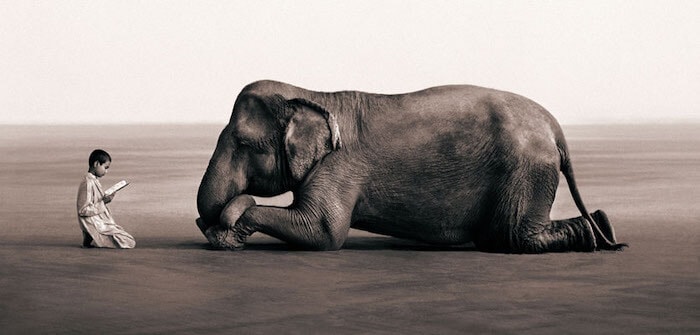
I have invented nothing. I have simply documented a magical alchemy that I want to share.
Gregory Colbert
8. Henri Cartier-Bresson
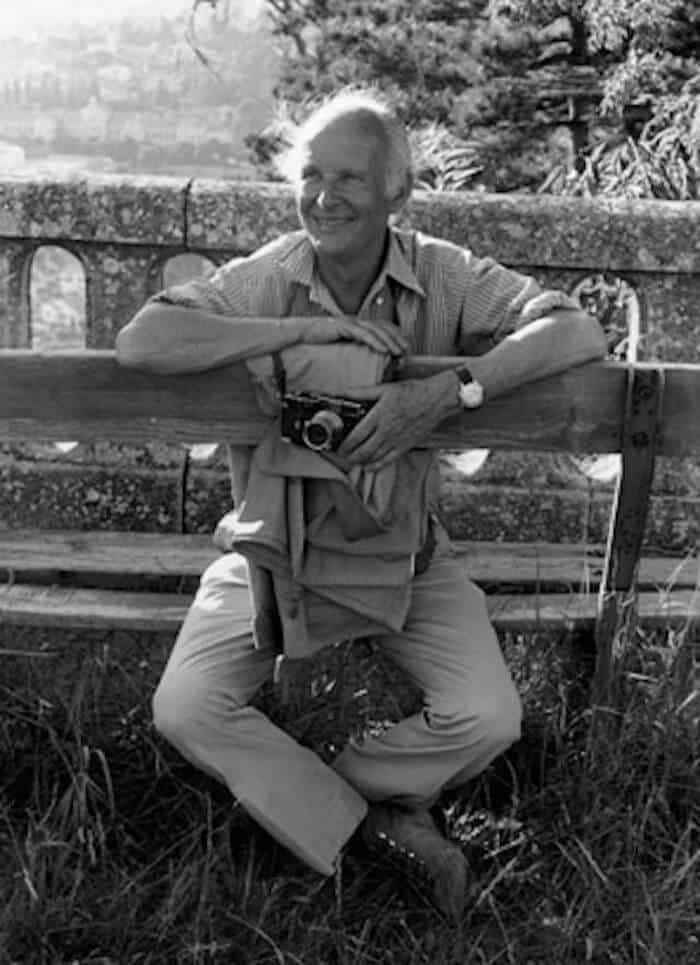
In 1908, Henri Cartier-Bresson was born in France. He’s known as a master of candid photography, and an early user of 35mm film.
Growing up, he was fascinated with music and art, specifically surrealism. Cartier-Bresson studied art, literature, and English at the University of Cambridge.
After spending a year in the Ivory Coast, he discovers his camera of choice, the Leica. Then, Cartier-Bresson traveled around the world, capturing images in Africa, Europe, and Mexico.
In 1947, he became one of the founders of Magnum Photos, an international photography cooperative that still operates this day.
Today, his work is held in the Museum of Modern Art, Tel Aviv Museum of Art, National Gallery of Canada, and many others around the world.
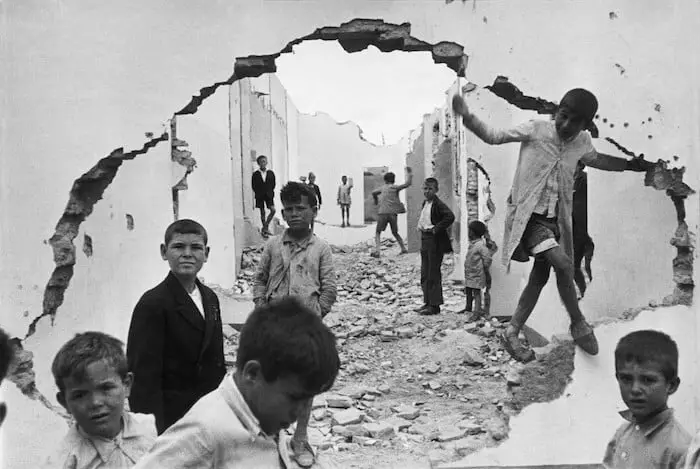
To me, photography is the simultaneous recognition, in a fraction of a second, of the significance of an event.
Henri Cartier-Bresson
9. Irving Penn
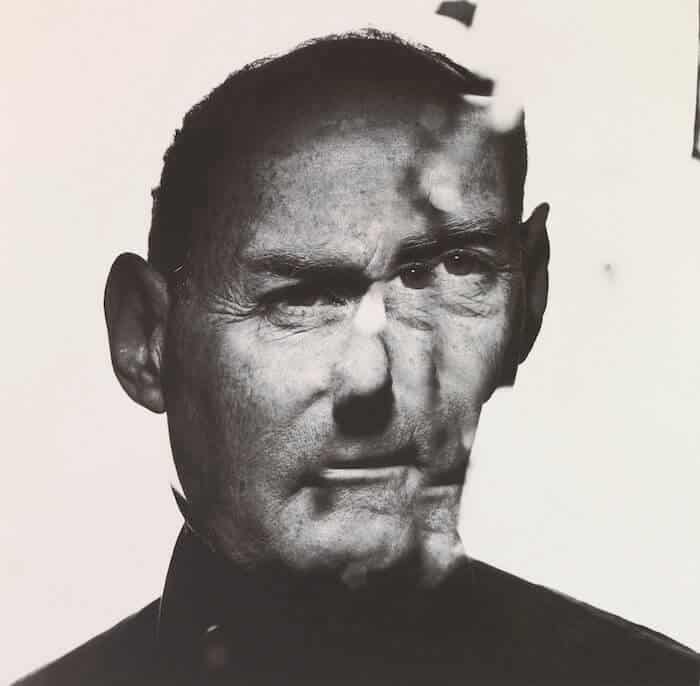
Irving Penn was born in Plainfield, New Jersey, in 1917. He’s best known for his fashion, portrait, and still-life photography.
Penn was recognized as one of Vogue’s top photographers for more than 60 years. He broke down the boundary between commercial and fine-art photography, which resulted in a refined style.
He captured both photos in black-and-white and color. His aesthetic and quality images are still influential.
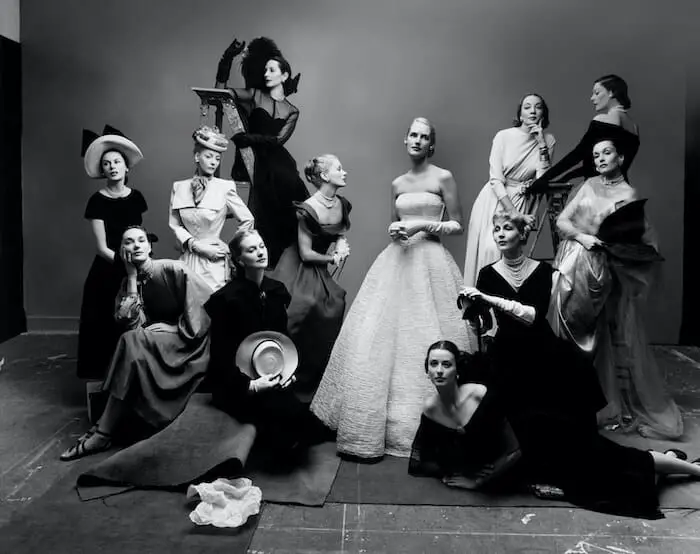
A good photograph is one that communicates a fact, touches the heart, and leaves the viewer a changed person for having seen it.
Irving Penn
10. Jacques-Henri Lartigue
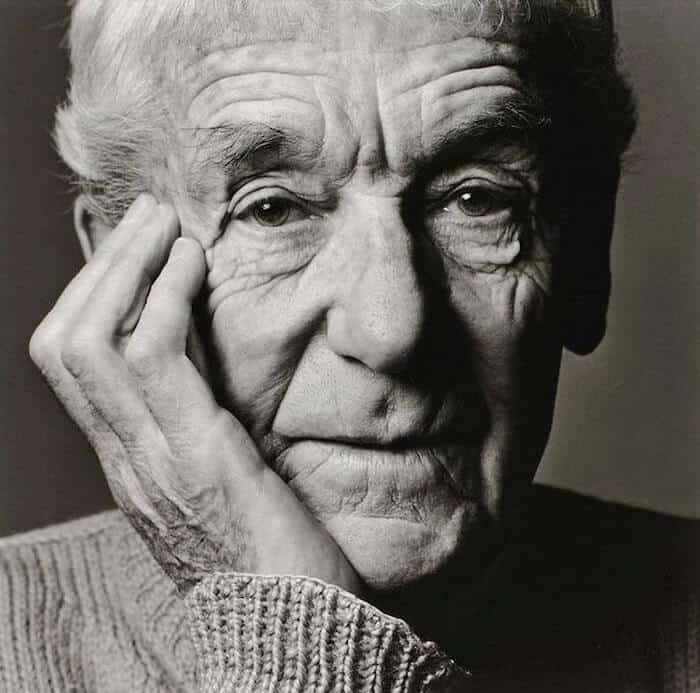
In 1894, Jacques-Henri Lartigue was born in France. He’s known for his photos of car races, planes, and female fashion models.
His fascination with photography began when he was a young boy. He took spontaneous and joyful photos of his family and friends.
Lartigue’s photos were celebrated because they weren’t the typical formal and posed portraits. Therefore, he set himself apart and inspired others to change. Aside from photography, he was also a great painter.
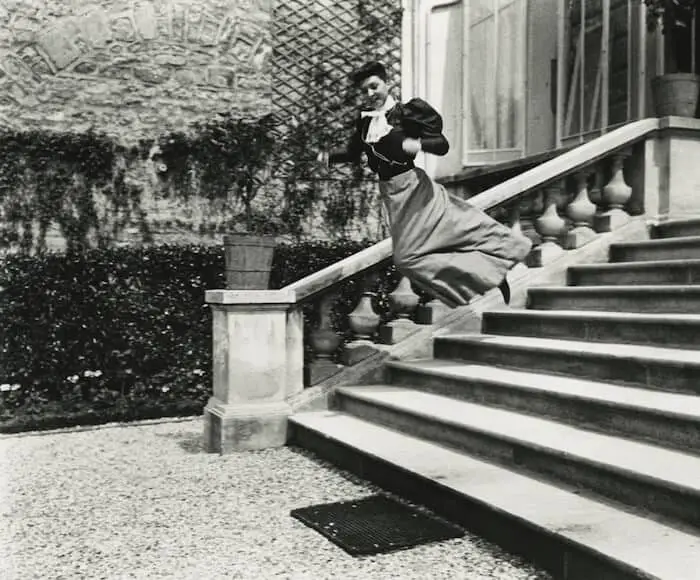
I take photographs with love, so I try to make them art objects. But I make them for myself first and foremost – that is important.
Jacques-Henri Lartigue
11. Julia Margaret Cameron
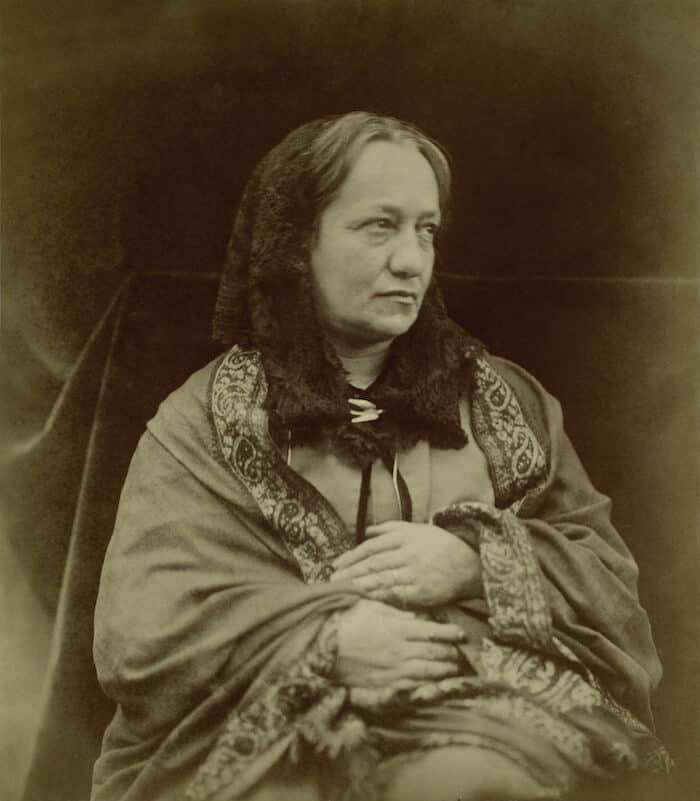
Julia Margaret Cameron was a British photographer born in 1815 in India.
At 48 years old, she received her first camera as a gift from her daughter. She was considered one of the most famous British portrait photographers and known for her soft, close-up photos of Victorian men.
Cameron remains famous for the following reasons:
- She was one of the few female photographers of that time.
- Cameron was a daring innovator.
- She rejected darkroom and favored photochemistry.
- Out-of-focus portraits of celebrities.
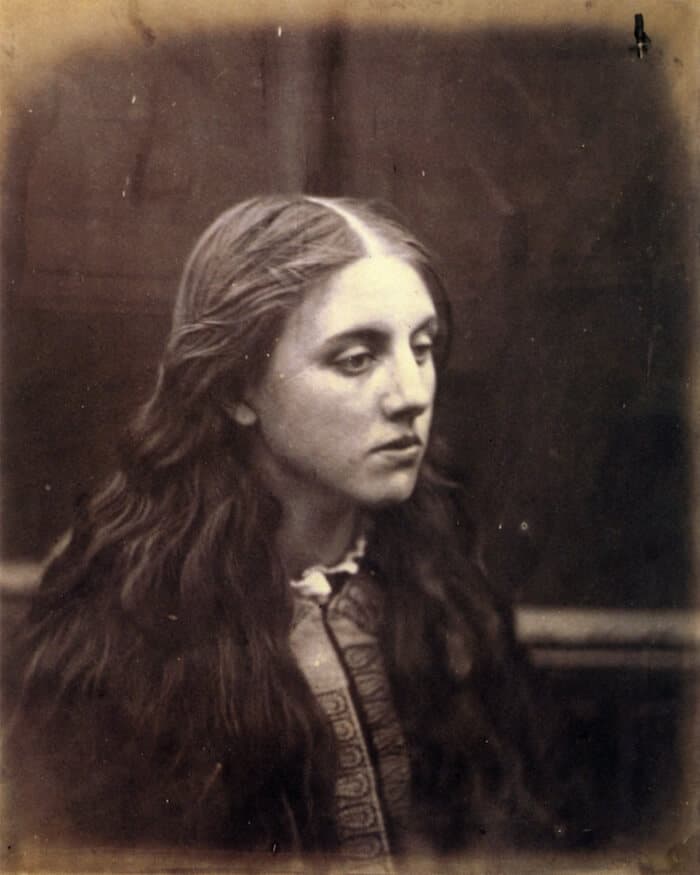
12. Lisa Kristine
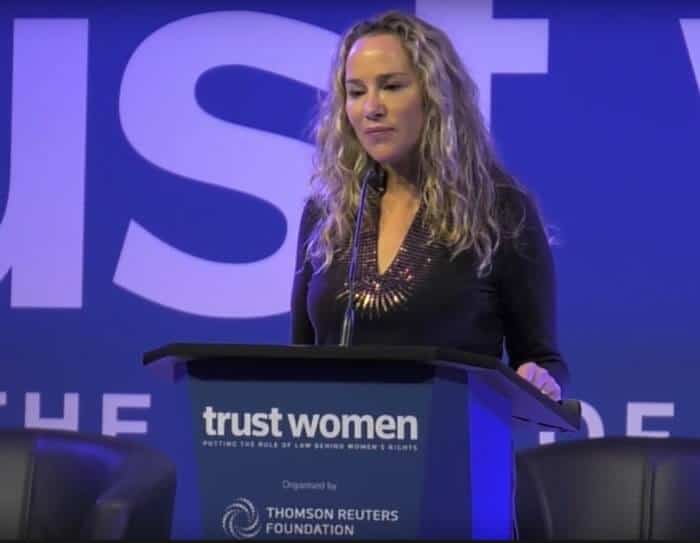
In 1965, Lisa Kristine was born in San Francisco, California. She’s known for her humanitarian photography, while also being an activist and speaker.
Kristine began learning photography at 11 years old and traveling internationally in the early 1980s. She has collaborated with international humanitarian organizations and social causes, such as modern slavery.
Her images are inspiring, evoke emotions, and connect the viewer with the subject.
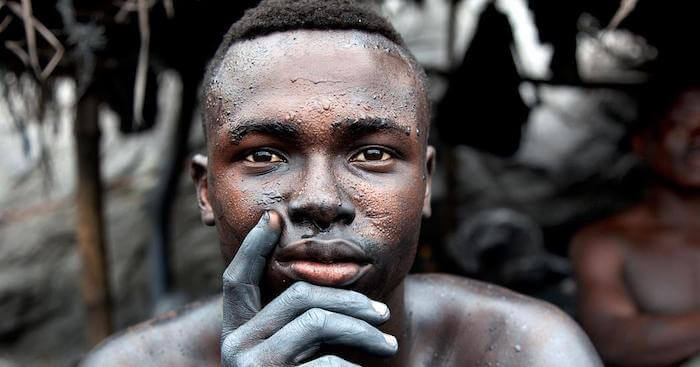
One advantage of photography is that it’s visual and can transcend language.
Lisa Kristine
13. Man Ray
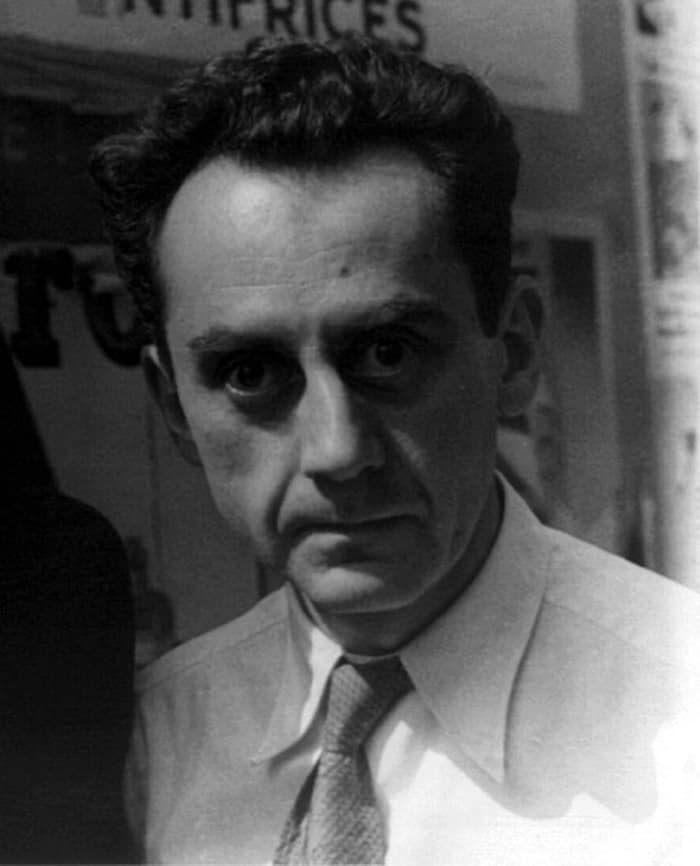
Emmanuel Radnitzky, more commonly known as Man Ray, was known for painting, photography, and other types of media. He was born in 1890 in Philadelphia, Pennsylvania, and spent most of his career in Paris.
He took incredible black-and-white photos and his work evoked emotions from the viewer. While Ray was a successful photographer, he focused more on painting.
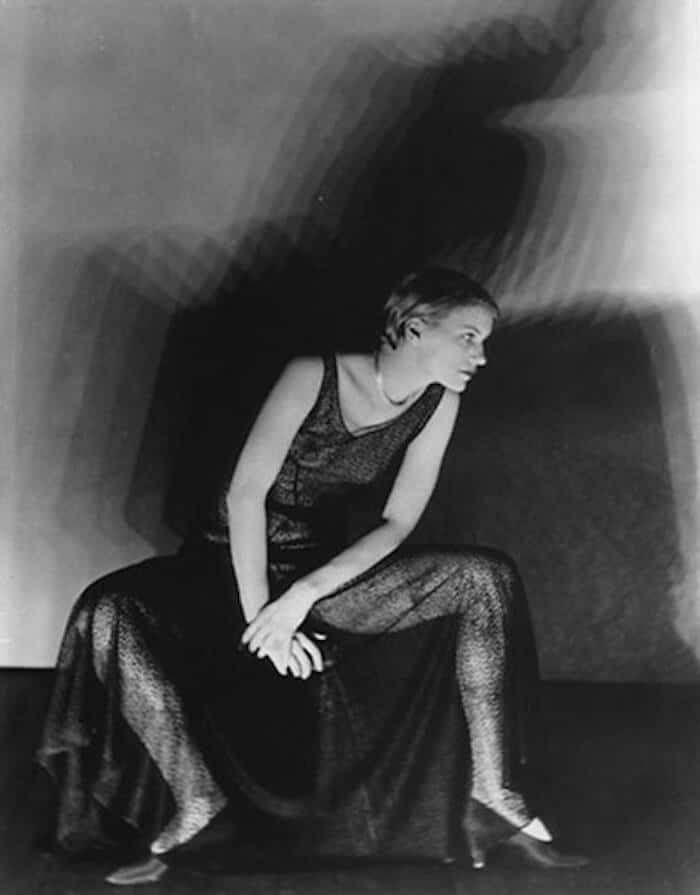
14. Margaret Bourke-White
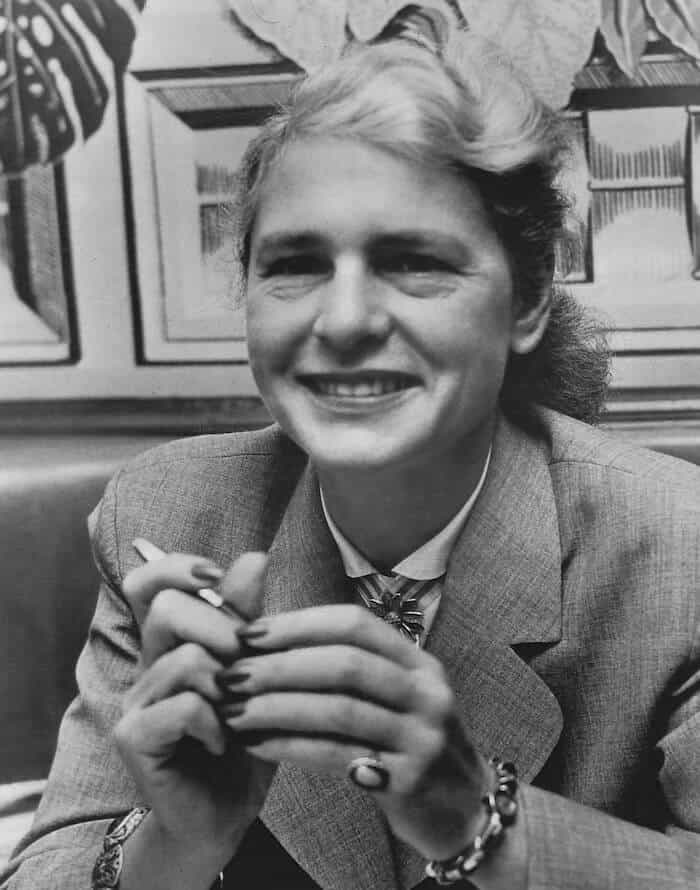
Margaret Bourke-White was born in New York in 1904. She’s known for documenting images from the Great Depression, political and social movements.
Her interest in photography began while she was young, as her father was interested in cameras.
Later, she moved to Cleveland, Ohio. There, she started a commercial photography studio focused on architectural and industrial photography.
She was the first to be the following:
- Staff photographer employed by Fortune magazine.
- Female photojournalist for Life magazine.
- Work in combat zones during World War II as a female.
Bourke-White was one of the most respected photojournalists in the 1930s and 1940s. Her work remains honored to this day.
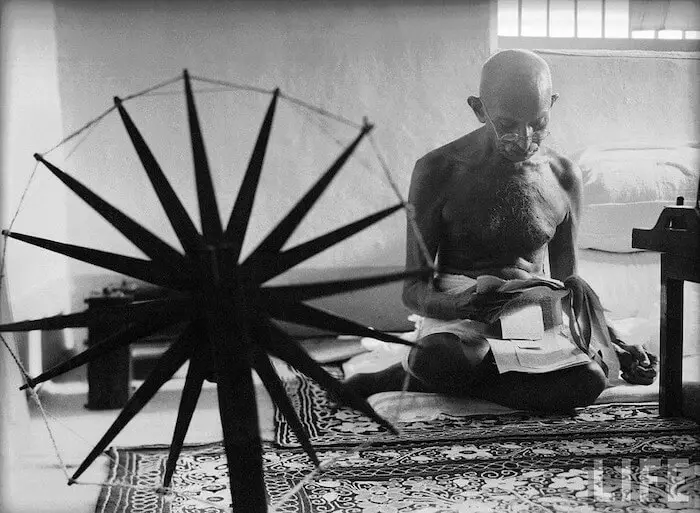
15. Peter Lindbergh
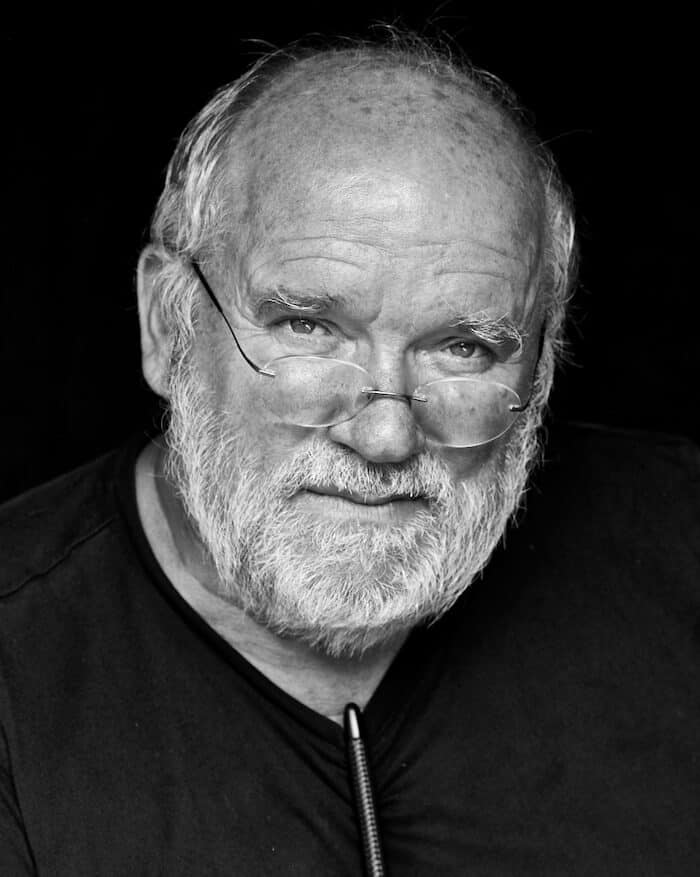
Peter Lindbergh was born in Leszno, Poland in 1944. He was a photographer and filmmaker known for his cinematic style.
Lindbergh began his photography journey by assisting a German photographer, before opening up his studio in 1973.
He stands out due to his approach to photographing women. Lindbergh favored black-and-white photography and believed in keeping his images simple, yet elegant.
He focused more on the soul instead of fashion.
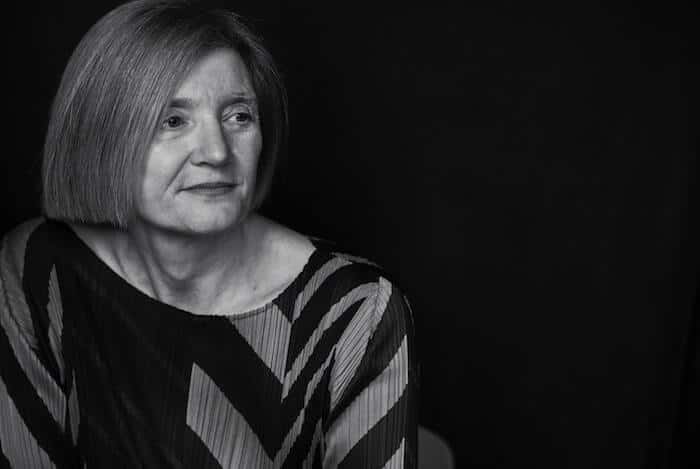
Photography gives you the opportunity to use your sensibility and everything you are to say something about and be part of the world around you. In this way, you might discover who you are, and with a little luck, you might discover something much larger than yourself.
Peter Lindbergh
16. Richard Avedon
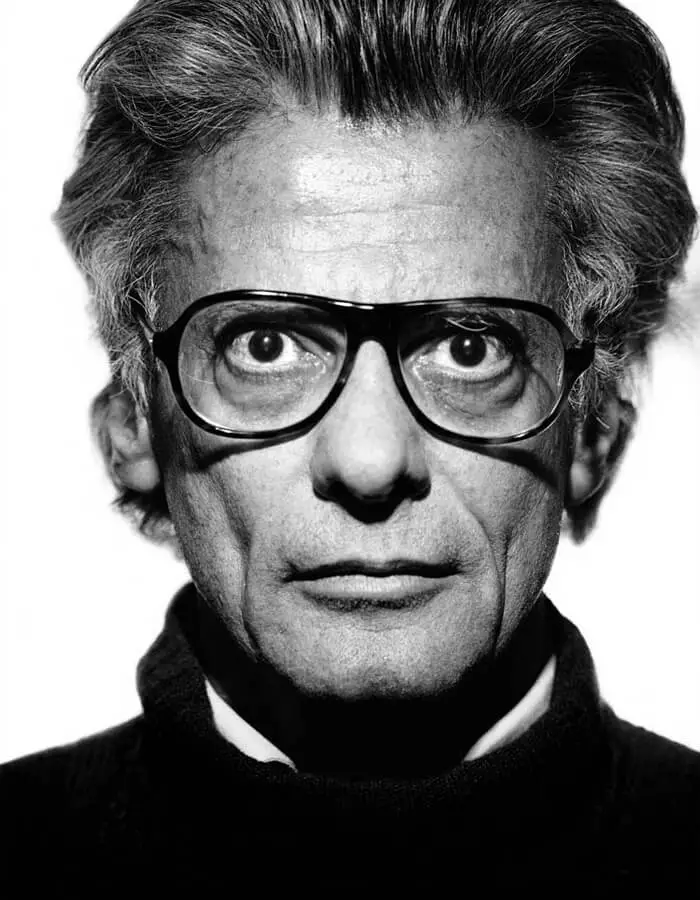
In 1923, Richard Avedon was born in New York. He was a fashion and portrait photographer who helped define style, beauty, and culture in America.
When he was 12 years old, he joined the Young Men’s Hebrew Association camera club. At 22 years old, Avedon became a freelance photographer, mainly for Harper’s Bazaar.
He was denied use of the studio, which led to him becoming resourceful. He took photos on the streets, on the beach, and other uncommon locations.
Later, he went on to work at Vogue and became the first staff photographer at The New Yorker.
Avedon has made a great impact on fashion photography and portraiture. He’s won many awards, and his work is held in museums.
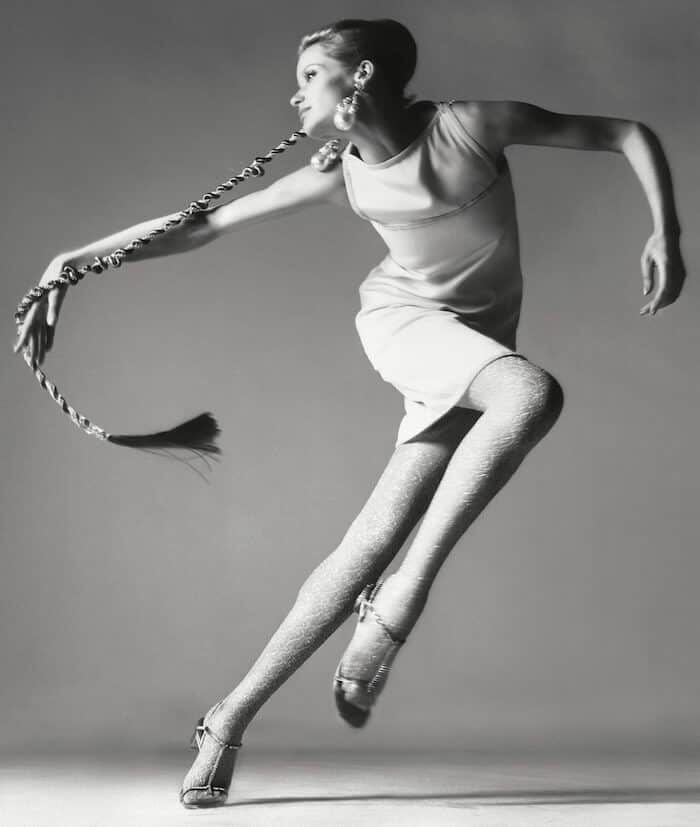
All photographs are accurate. None of them is the truth.
Richard Avedon
17. Robert Capa
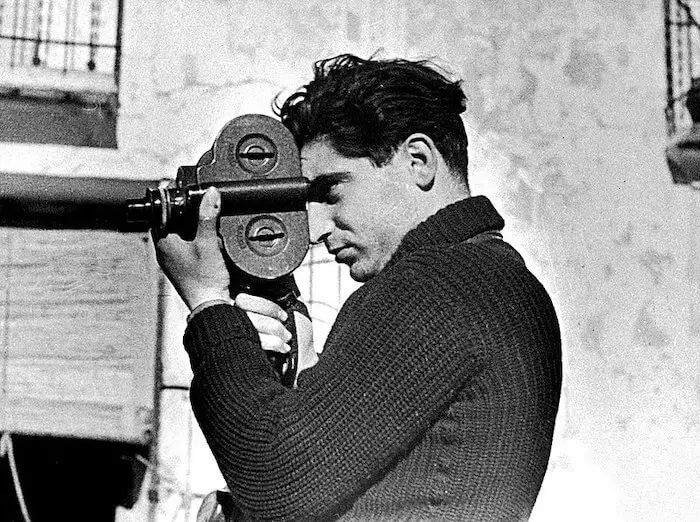
Robert Capa was born in 1913 in Budapest, Hungary. He’s considered one of the greatest war photographers to ever live. Capa was also the co-founder of Magnum Photos.
One of his most famous photographs were of the US forces’ assault on Omaha Beach on D-Day.
One of his most famous photographs were of the US forces’ assault on Omaha Beach on D-Day. He also took portraits of cultural figures, such as Pablo Picasso and John Steinbeck.
Robert Capa was inducted into the International Photography Hall of Fame and Museum in 1976.
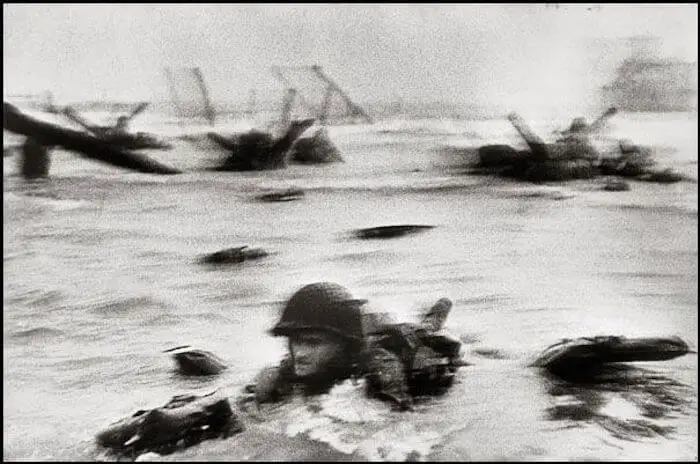
If your pictures aren’t good enough, you aren’t close enough.
Robert Capa
18. Robert Doisneau
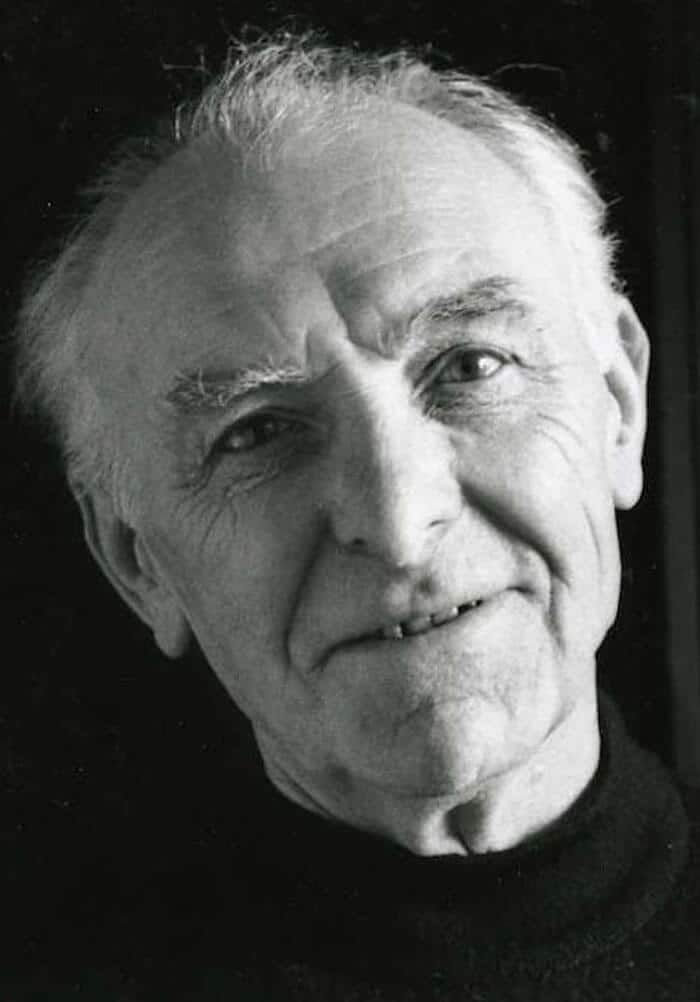
Robert Doisneau was a French photographer born in 1912. He’s known for his black-and-white photos of life in Paris and also as a champion of humanist photography.
While he was working at an advertising agency, he transitioned to becoming a staff photographer. He sold photographs to Life and several other international magazines.
To this day, his work is published and exhibited around the world.
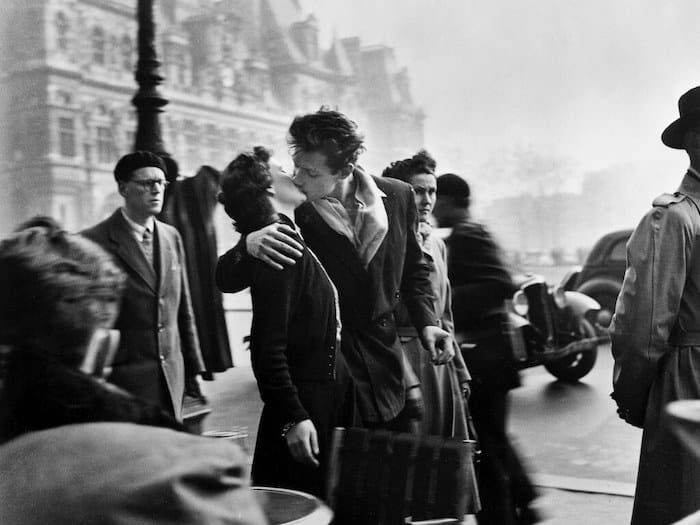
If I knew how to take a good photograph, I’d do it every time.
Robert Doisneau
19. Sebastião Salgado
Sebastião Salgado is a Brazilian photographer and photojournalist born in 1944. He’s a world-renowned photographer known for his series of photos from over 120 countries around the world.
In 1971, he worked as an economist for the International Coffee Organization, which led to a lot of traveling, and it grew his interest in photography.
Then, he decided to leave his career as an economist to become a photographer. He started out working as a freelance photographer, then joined different agencies.
His work is presented across the world, he’s an author, and has won many awards.

20. Steve McCurry
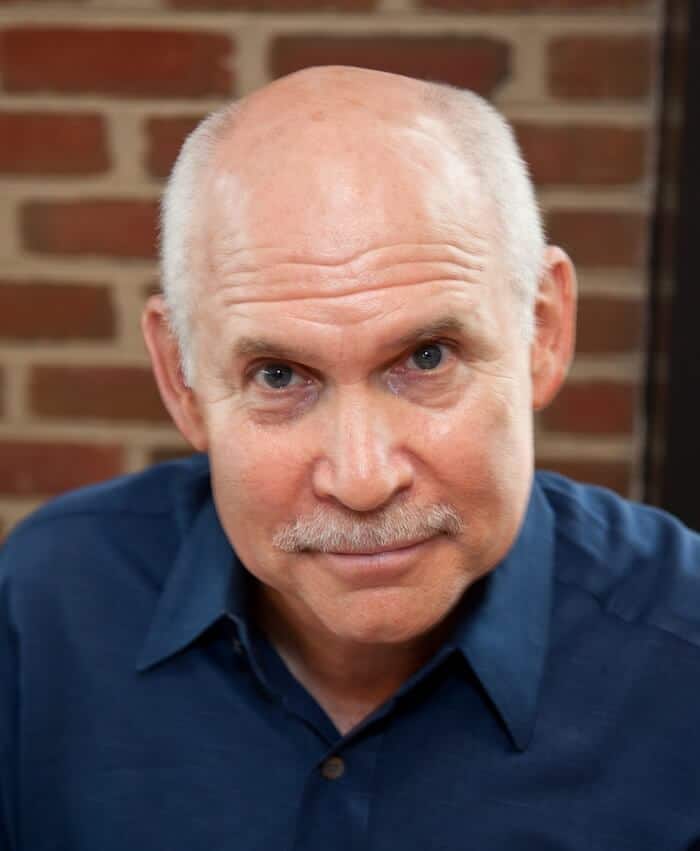
In 1950, Steve McCurry was born in Darby, Pennsylvania. He’s a member of Magnum Photos and has photographed for National Geographic many times.
McCurry became interested in photography while he was attending Pennsylvania State University. He worked at a newspaper for a couple of years then went to India to freelance.
His most famous photograph was of a girl with green eyes called Afghan Girl. This photo was a portrait of Sharbat Gula and appeared on the June 1985 cover of National Geographic.
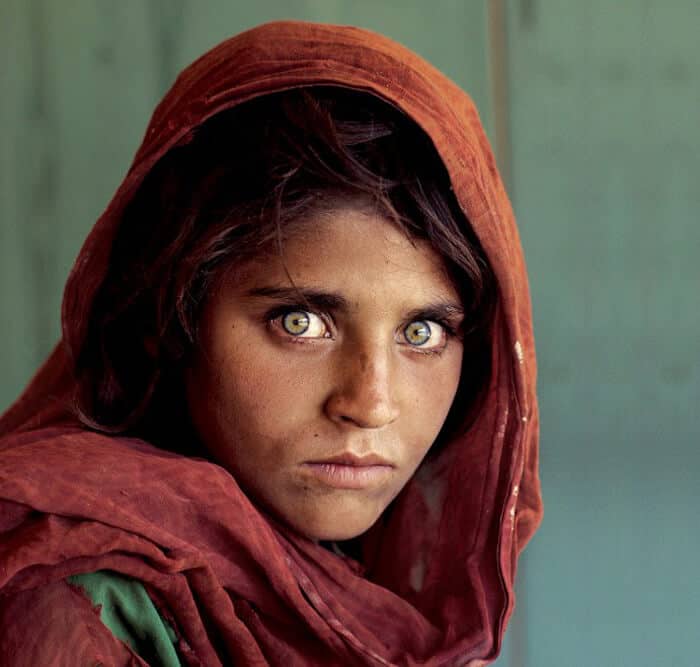
Most of my photos are grounded in people, I look for the unguarded moment, the essential soul peeking out, experience etched on a person’s face.
Steve McCurry
21. Yousuf Karsh
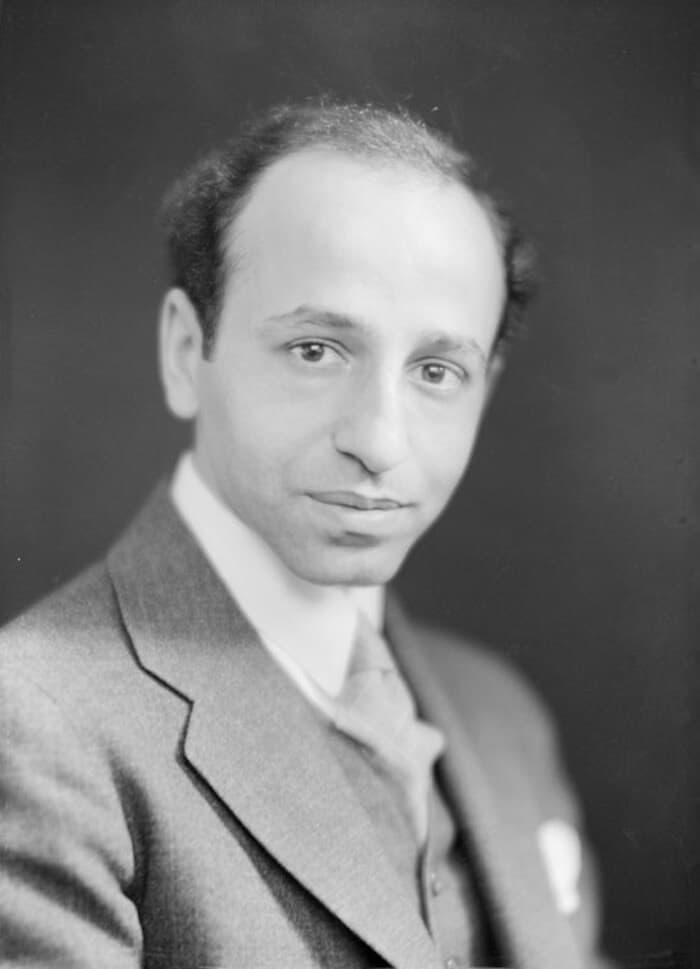
Yousuf Karsh was born in Mardin, Turkey, in 1908. He was known for his portraits of famous people of politics, movies, and arts.
When he was young, he gave a photo to his friend who entered it into a contest without Karsh knowing. That photo won first prize and was the beginning of his photography journey.
Yousuf Karsh has photographed thousands of influential people, including the following:
- Albert Einstein
- Jackie Robinson
- Eleanor Roosevelt
- Winston Churchill
- King Faisal
- Christian Dior
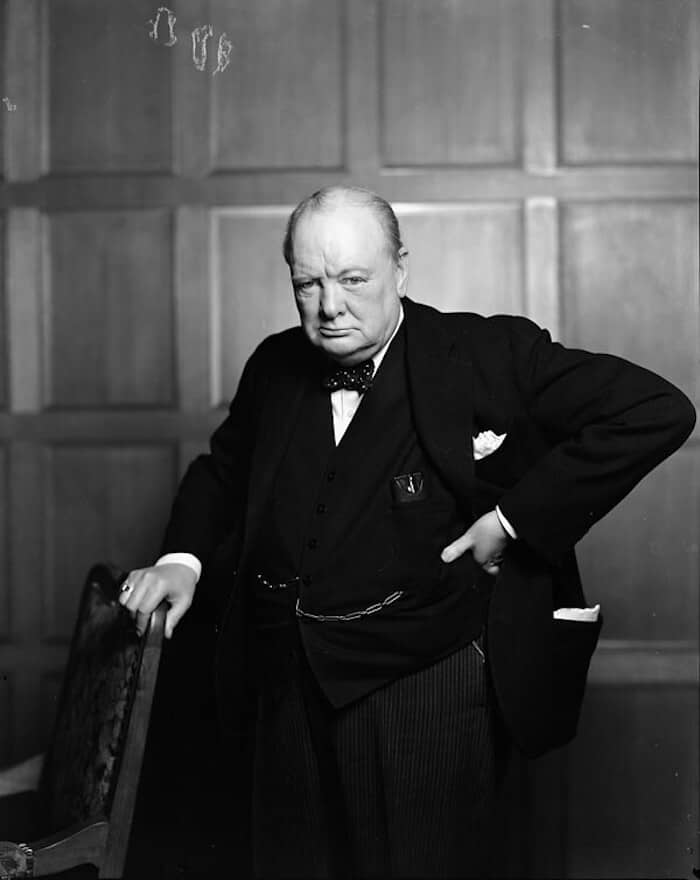
Look and think before opening the shutter. The heart and mind are the true lens of the camera.
Yousuf Karsh
Conclusion
Photography is both technical and artistic. Therefore, if you ask a group of photographers who the best photographer in history is, you’ll get many answers.
Famous photographers have done more than take a great photograph. Additionally, they’ve made an impact on many others.
Related: How to Find Models for Portrait Photography
Featured photo courtesy of Wikimedia Commons.
